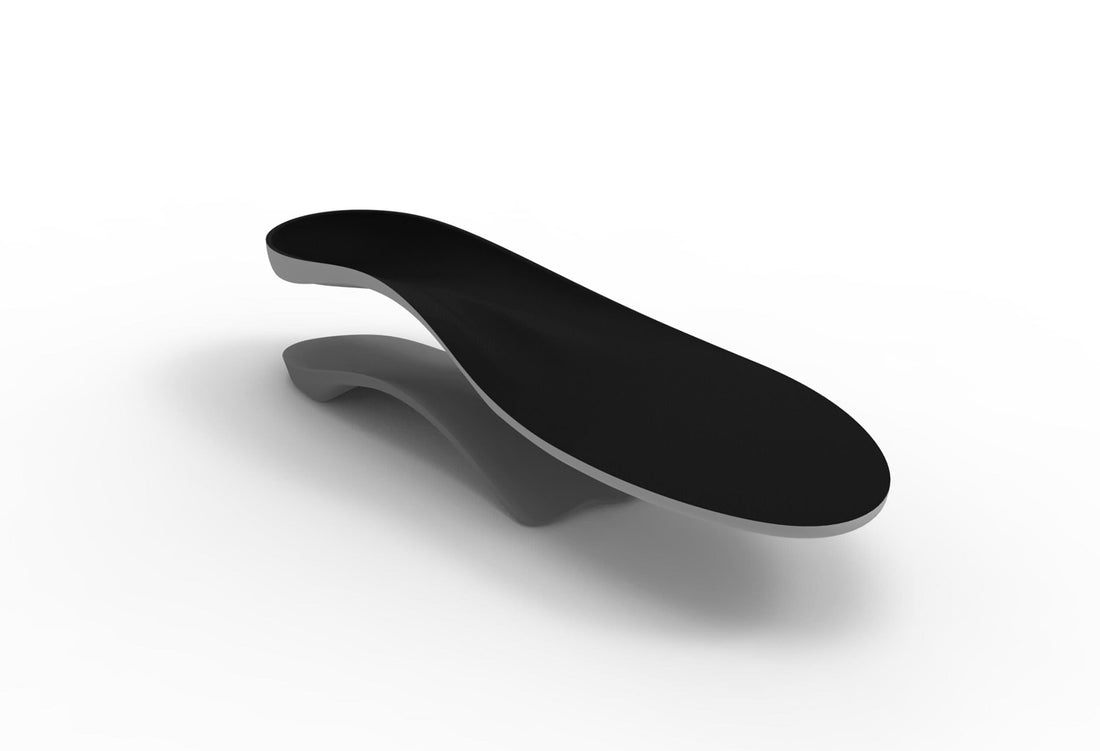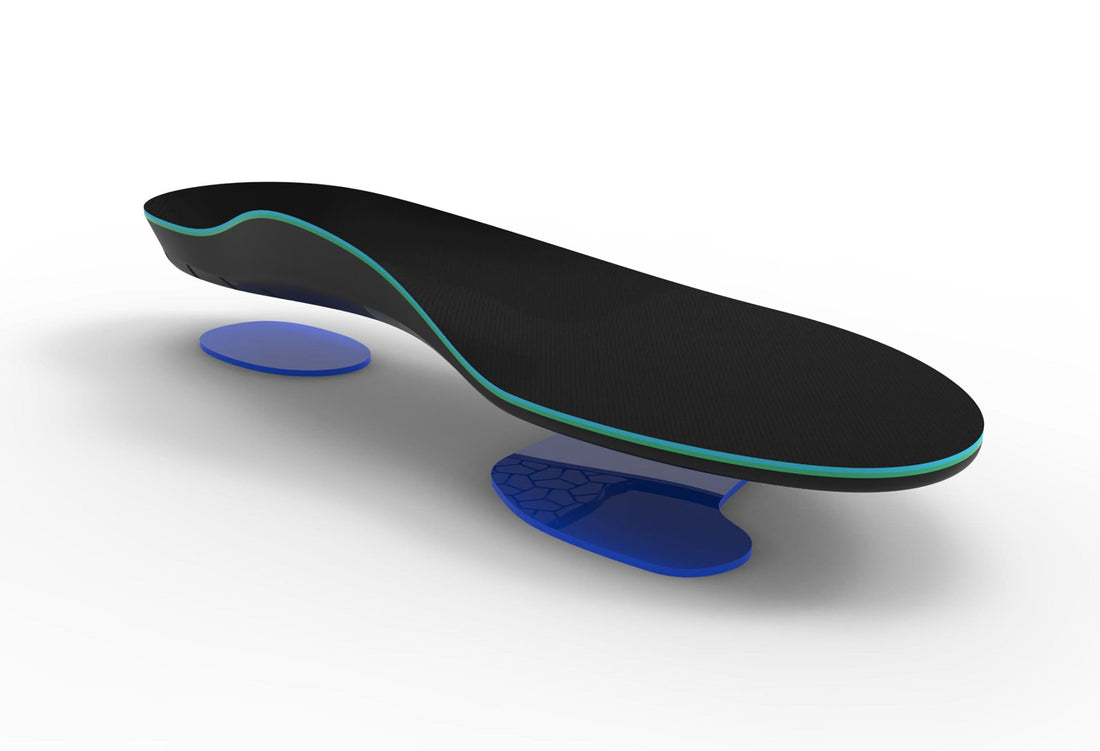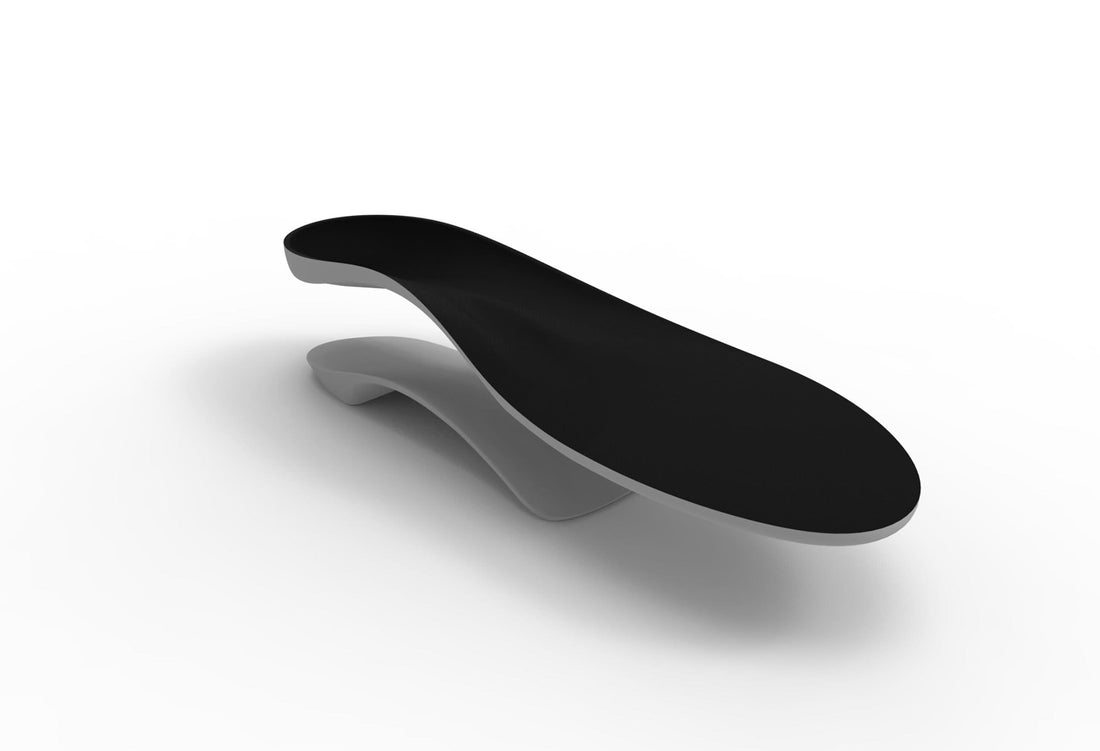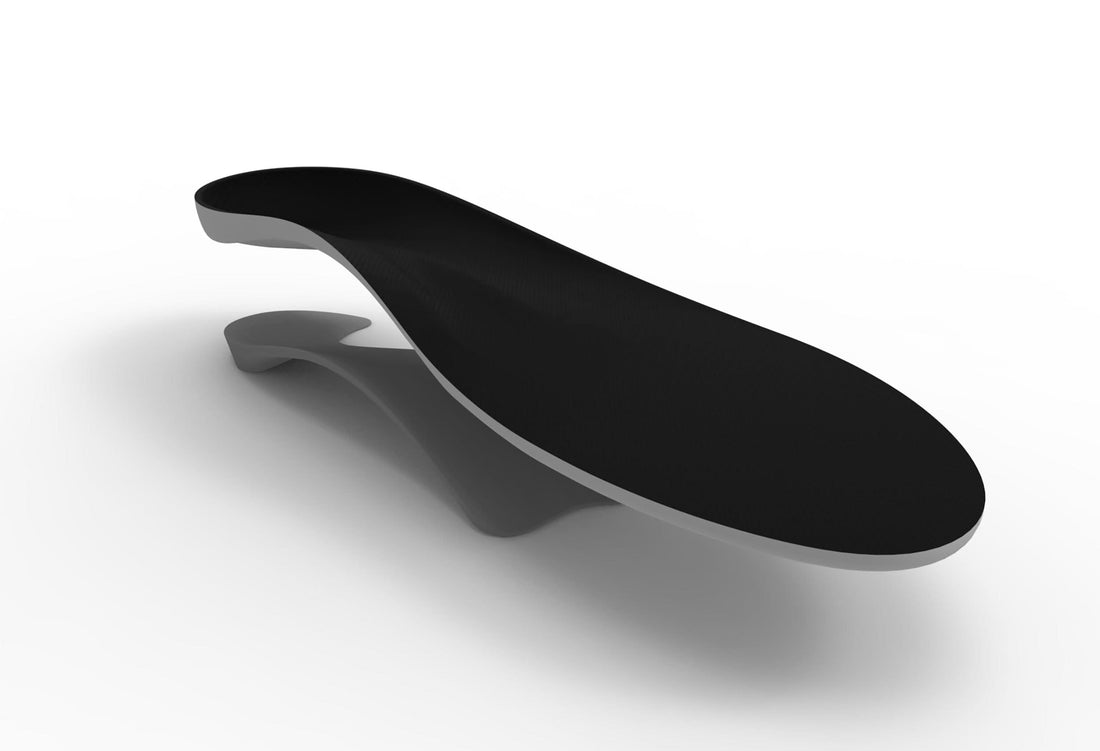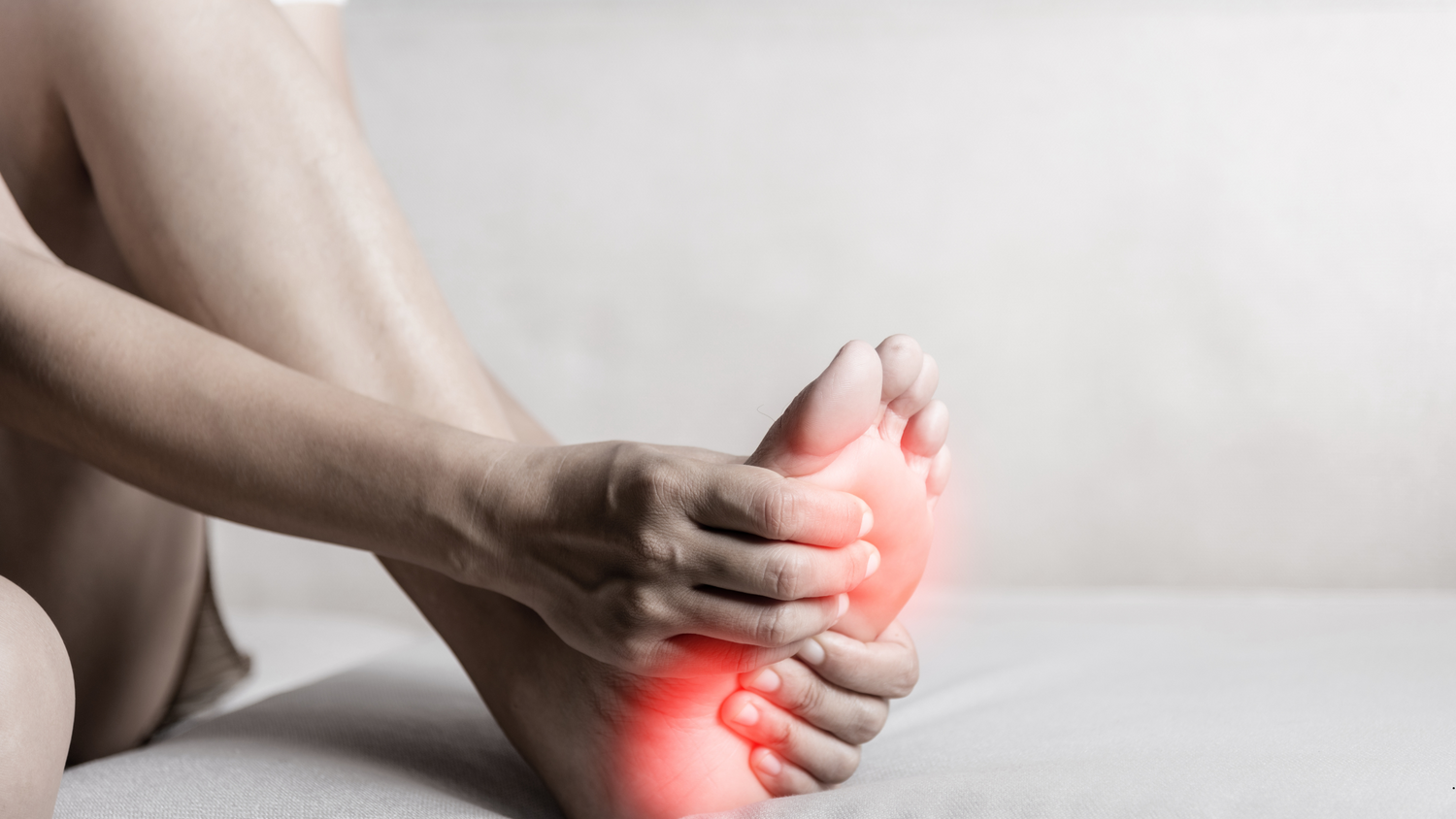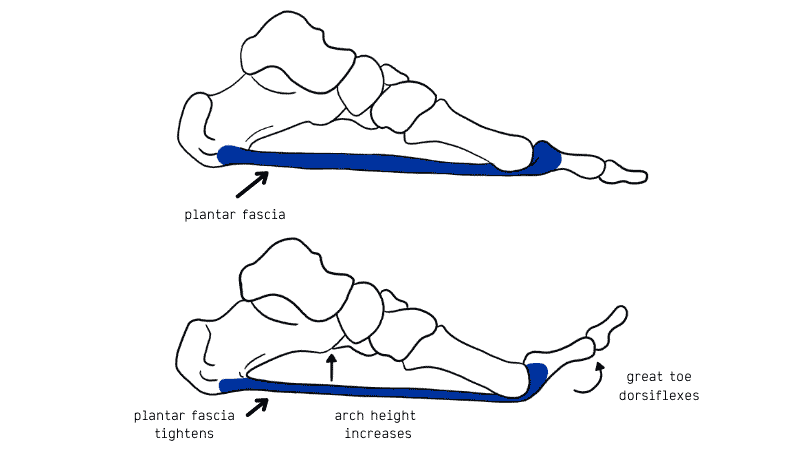The Mid Tarsal joint is located towards the rear of the foot and is made up of four (of the total 7) tarsal bones; the Calcaneous, the Cuboid, the Talus and the Navicular. This joint, otherwise know as the ‘Choparts joint’, is supported primarily by the Calcaneo-cuboid ligament and the Bifurcate ligament, and is primarily a stabilising joint. Although relatively rare, Mid Tarsal Joint sprains may occur following an acute ankle sprain or trauma, and must not be missed when assessing the ankle joint.
Cause
Midtarsal joint sprains occur following an excessive twisting moment while the foot is in a flexed position. Athletes most at risk are those in running, jumping and agility sports such as football, gymnastics and rugby. Individuals with flat feet are also at risk of sustaining this injury due to the excessive stress already placed on the joint.
Symptoms
- Pain is located on the middle/outside of the foot (Just before the high point of the arch).
- There may also be swelling and bruising over the joint
- Pain is worse upon weight bearing
- Aggravated by twisting and downwards flexing movements
Diagnosis
Your practitioner will talk to you about the clinical history of your injury (has there been a previous ankle sprain) and perform a series of tests including testing the functionality of the Mid Tarsal joint. MRI scans may assist in the diagnosis if clinical symptoms aren’t conclusive, while X-rays will rule out fractures and possible damage to the Lisfranc joint which is close by (image).
Treatment
Treatment will depend on the intensity of the sprain and any secondary conditions (fracture or bone avulsions), however, the primary treatment protocol is to manage pain and reduce the inflammatory response.
Treating the pain will involve RICE (Rest; from high impact activities, Ice: for the first 48hrs -15mins on/off, Compression; light bandage over the joint, and Elevation; to drain the excess fluid). Often you may require anti-inflammatory medication to better assist in this process, which your practitioner may recommend for you.
Once the pain has been managed, treatment focuses on rehabilitation and prevention.
Prevention (and Rehabilitation)
To prevent this injury from reoccurring, physical therapy must be completed to restabilise the foot and strengthen the ligaments. Your practitioner will prescribe you with a number of balance activities that are designed to apply a gradual stress on the mid tarsal joint ligaments. These may be overloaded or progressed into activity specific exercises to give the athlete the best chance of avoiding a reoccurrence of this injury.
References
Sondergaard, L., Konradsen,L., Holmer, P., Jorgensen, L.N., & Nielson, P.T., (1996). Acute midtarsal sprains: frequency and course of recovery, Department of Orthopedic Surgery, 17 (6): 195-199.


